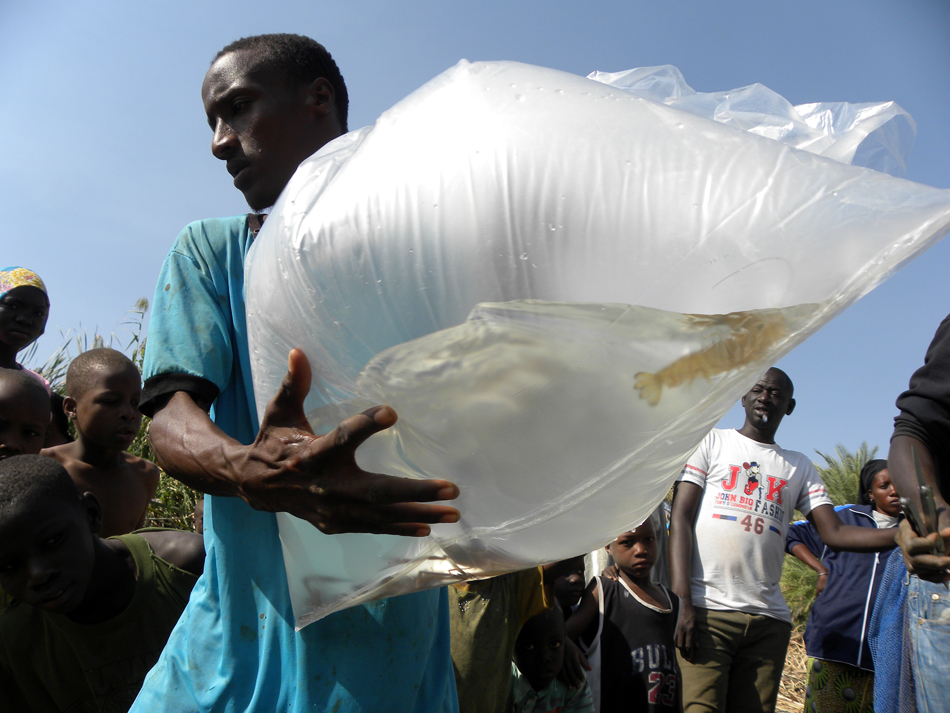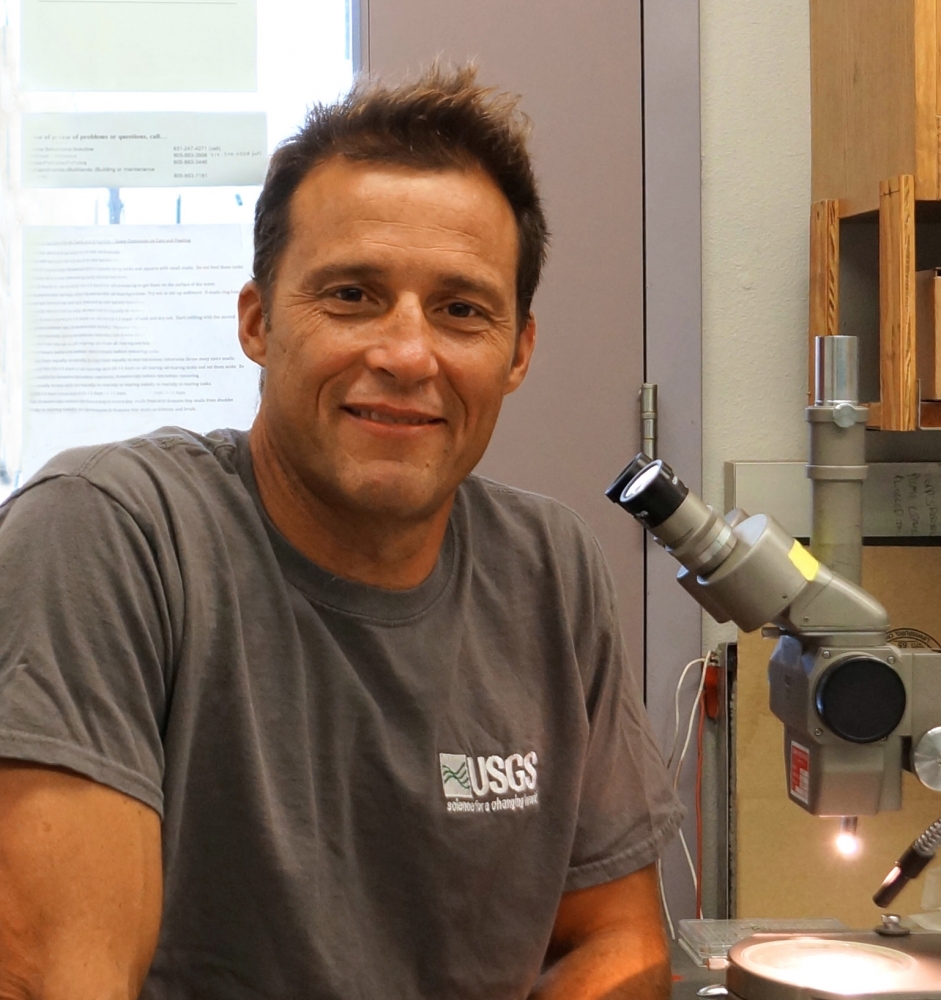
Back to Basics



When it comes to eliminating schistosomiasis — a persistent disease cause by parasitic flatworms — controlling their host snails is key, according to a team of researchers from UC Santa Barbara and Stanford University. Their findings appear in PLoS NTDs.
“In short, we urge a reorientation of disease elimination strategies to bring prevention into the picture,” said UCSB parasitologist Armand Kuris, who has been studying the parasite and its behavior for decades.
Also known as snail fever, schistosomiasis affects more that 250 million people worldwide, typically in areas with poor sanitation, where people regularly come in contact with contaminated fresh water and the worm’s larval form.
While typically not life threatening, infection by the schistosome parasite — a flatworm, in its mature form — usually leads to a variety of debilitating conditions. As the worms and their eggs travel through their human hosts, they elicit immunologic reactions that interrupt organ function, cause fever and inflammation and bring about more serious conditions such as liver failure and bladder cancer. The situation is made worse by the frequent repeated exposure to the contaminated water by people who live near, bathe and play in the affected areas.
“Many countries with endemic schistosomiasis today struggle with an endless cycle of drug distribution and reinfection, and the global burden of schistosomiasis is going up,” said the study’s lead author, Susanne Sokolow, a disease ecologist holding a joint appointment at UCSB’s Marine Science Institute and Stanford University Hopkins Marine Station. She started her work investigating the use of biological methods for the control of the worms’ intermediate snail host at UCSB with Kuris and U.S. Geological Survey/UCSB ecologist Kevin Lafferty.
A variety of schistosomiasis control strategies have been employed, with varying degrees of success, including snail control, mass drug administration, wetland drainage and sanitation infrastructure. And yet, as Sokolow pointed out, no one had taken a comprehensive look at the success of these strategies in the long term until now.
When the anti-parasitic drug praziquantel was discovered some 40 years ago, it rendered other strategies at the time — particularly snail control — old-fashioned.
“Praziquantel was so effective that it was seen as a modern ‘magic bullet,’” Kuris said. Compared to the more low-tech method of snail control, the drug has a more immediate effect on those infected with the parasite and has thus become a mainstay of anti-schistosomiasis programs to this day.
However, while successful in treating infections as they happen, the drug does not address the complex ecology of the disease, which includes the source of the larvae that infect humans — in this case the host snails — as well as the environment and surroundings that lead to rapid reinfection.
After compiling historical data on control tactics and quantitative outcomes for all 83 countries and territories where schistosomiasis was endemic during the 20th century, the researchers conclude that programs that employed widespread snail control, either alone or in conjunction with mass drug administration, experienced the most success. According to the study, 19 national programs that used snail control reduced schistosomiasis prevalence by over 90 percent.
Ecological, economic and political factors also contributed to the success of the snail control programs. For example, snail control was more common in wealthier countries that began their control efforts earlier in the 20th century, including Iran, Japan and Lebanon, which successfully eliminated the disease.
“I think the biggest lesson here is that while medical care is crucial for reducing suffering, when parasites and pathogens pass through an environmental phase, as many do, it may not be enough to provide health care alone after people become infected,” Sokolow said.
The researchers’ findings stand in contrast to current methods of schistosomiasis reduction, which emphasize mass administrations of praziquantel, over snail control.
While the drug is an essential part of the effort to eradicate schistosomiasis, they noted, it is, at best, incomplete without efforts to reduce exposure to the parasite’s free-swimming larvae, which are shed into the water by the infected freshwater snail.
“Imagine if auto accidents were largely dealt with by emergency medical procedures on the injured, without an emphasis on requiring the use of seat belts and airbags,” said Kuris, emphasizing the need for complementary preventive measures.
Informed by the results of previous research conducted in Kenya utilizing predatory crayfish to control the schistosome-carrying snails, efforts are now underway to do the same in Senegal, where the building of a dam on the Senegal River changed the ecology enough to prevent a local prawn from feeding on the parasite-hosting snails, which in turn caused the snails to proliferate and spread more flatworm larvae.
“We also have to examine the drivers of infection and address transmission and reinfection cycles from both the human and environmental angles if we want to make a long-term impact,” Sokolow said. “For schistosomiasis control, that means addressing the snails that carry the parasite.”



